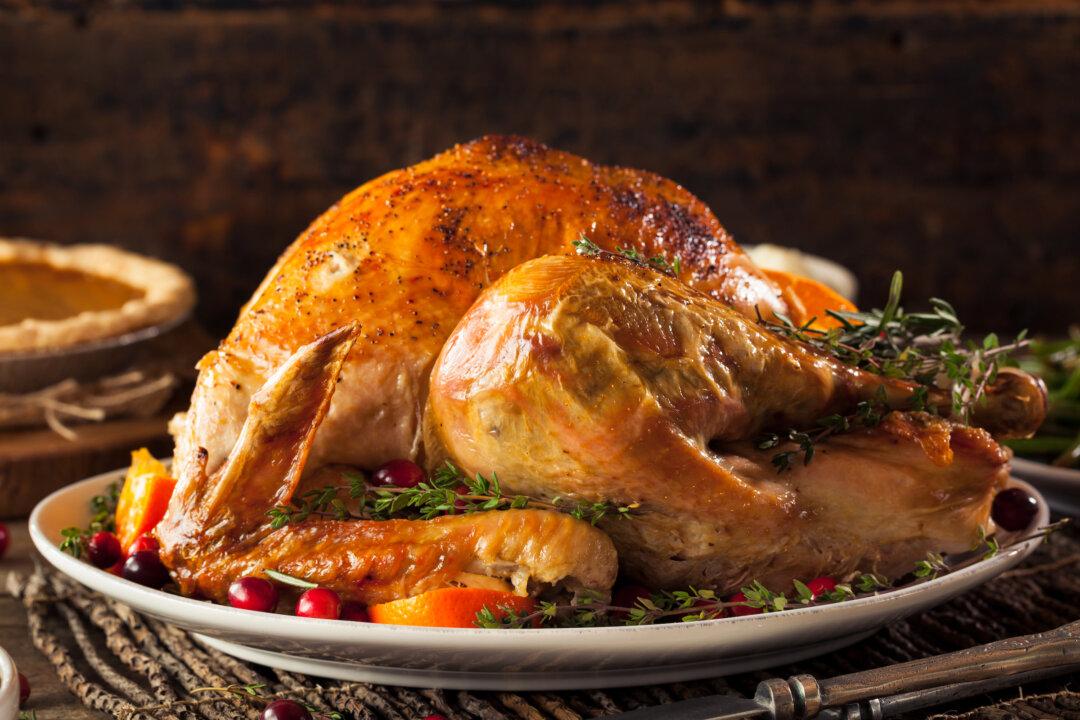MANCIANO, Italy—The rolling, sun-drenched hills of Tuscany are covered in pastures. They lie across the land in undulating expanses of lush green in spring and straw yellow in the summer heat, surrounded by vineyards and groves of olive trees with leaves that shine pale, silvery mint in the sunlight.
Where there are pastures, there are sheep. And where there are sheep, there is pecorino.






